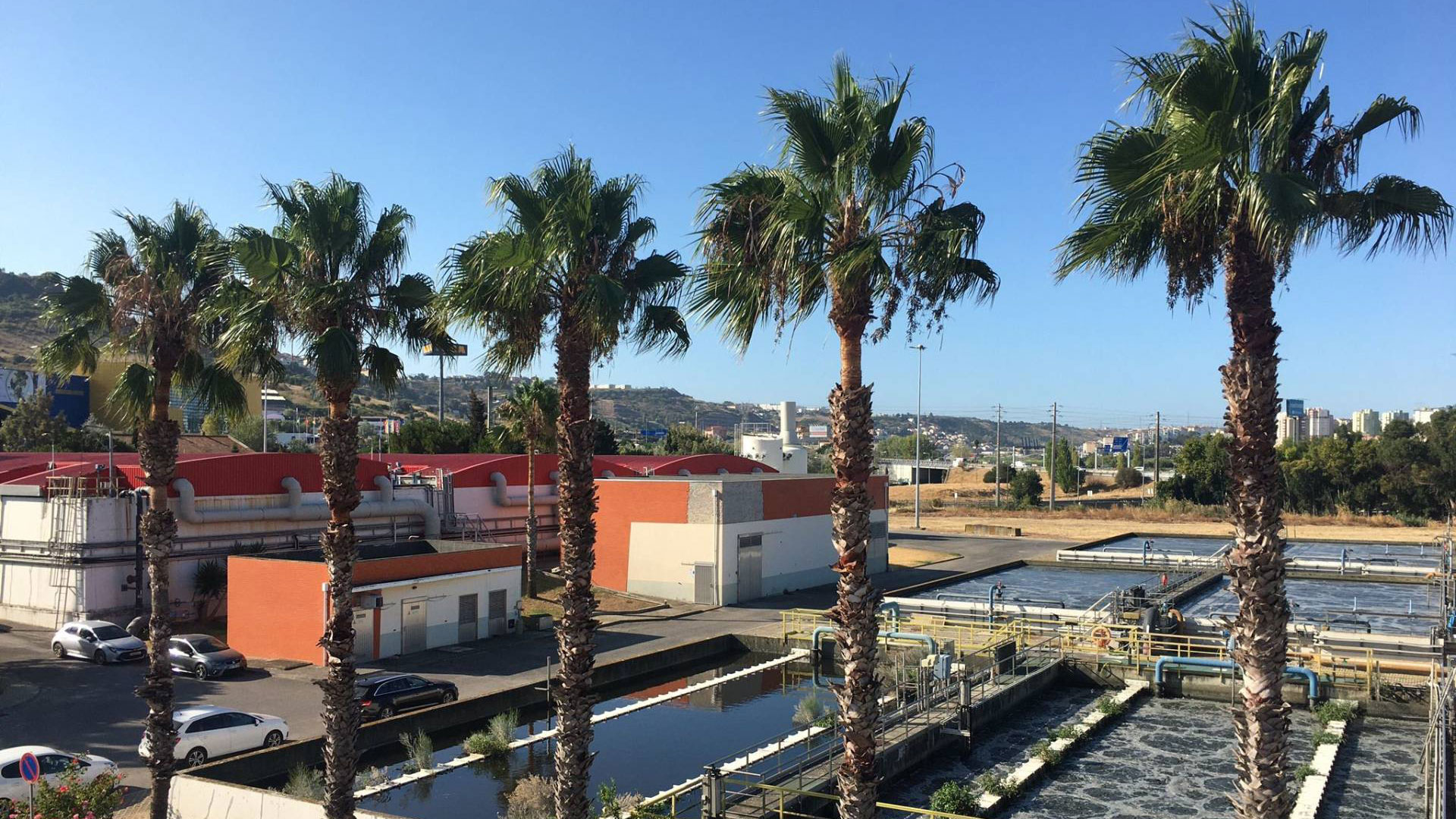27-01-2022
Temperature and wastewater treatment performance

How does temperature affect the performance of biological wastewater treatment? Just like humans, microorganisms prefer a certain temperature in order to feel at ease and work hard. This is why temperature is a crucial factor in the design and operation of wastewater treatment plants. So how can we design the optimum system considering the wastewater temperature and how does this differ in granular sludge from other biological wastewater treatment technologies?
Micro factories
Microorganisms are micro factories. They perform different types of work, like chemical work (e.g. cell synthesis of complex molecules from much simpler molecules) and transport work (e.g. take up nutrients). These works are driven by chemical enzyme catalyzed reactions. Already in 1884 Jacobus Henricus van het Hoff demonstrated the temperature dependency of chemical reactions rates. Not much later Swedish chemist – and Nobel laureate – Svante Arrhenius described this relation in formulas. For micro biological reactions it roughly translates into a doubling of reaction kinetics for every 10°C temperature increase. Much more than for higher organisms (like ourselves), temperature impacts microorganisms, since they are (usually) unicellular and poikilothermic – their temperature varies with that of the environment.Design for temperature
For that reason, process engineers use temperature as a key parameter in the designs of any biological wastewater treatment plant. Since nitrifiers (those bugs that oxidize ammonium) are the slowest growing organisms, their metabolism is often rate-limiting (and hence) size-determining in the design of a biological wastewater treatment plant. In a conventional activated sludge (CAS) plant, the sludge age (the average time that a certain sludge particle stays in the reactor) is a key parameter. At a low temperature, the time that nitrifying bacteria require to duplicate can become shorter than the average sludge age in a CAS. In other words, they are removed from the system before they had a chance to duplicate. Consequently, nitrification stops, and N-requirements can no longer be maintained.Temperature and Nereda
The micro-organisms in a Nereda reactor are not much different from those in a CAS. However, the way they grow does differ. Where the sludge age in an activated sludge is more or less equal for each sludge particle, it differs considerable for sludge granules in the Nereda reactor. Some (smaller) granules may stay in the reactor for a relative short time compared to the average sludge age, whereas others (e.g. the larger granules) stay in the system for a much longer time. As a result, nitrifiers can even be sustained at lower temperatures in a compact system.It’s no surprise that many of our Nereda plants excel and have a clear competitive advantage in colder regions where design temperatures of 8°C or lower with stringent nitrogen requirements apply. At the same time, application of the Nereda technology in warmer climates, like Australia, Hong Kong, The Middle East and Brazil are known to be a winning combination as well. See below some plants and their wastewater temperature throughout the year.
Moreover, temperatures are rarely constant and show seasonal variations across the year. The flexibility of the Nereda process in dealing with this variation makes it a preferred system for any climatological region.
Nereda in Brazil
Nereda Deodoro WWTP in Brazil where process temperatures can go up to 37°C and Nereda Ryki WWTP in Poland where they can go down to 7-8°C during the winter months.